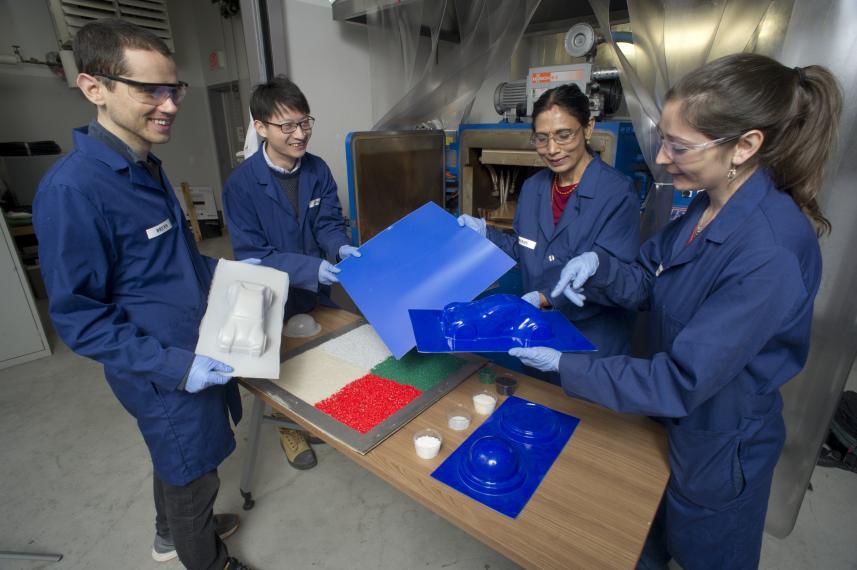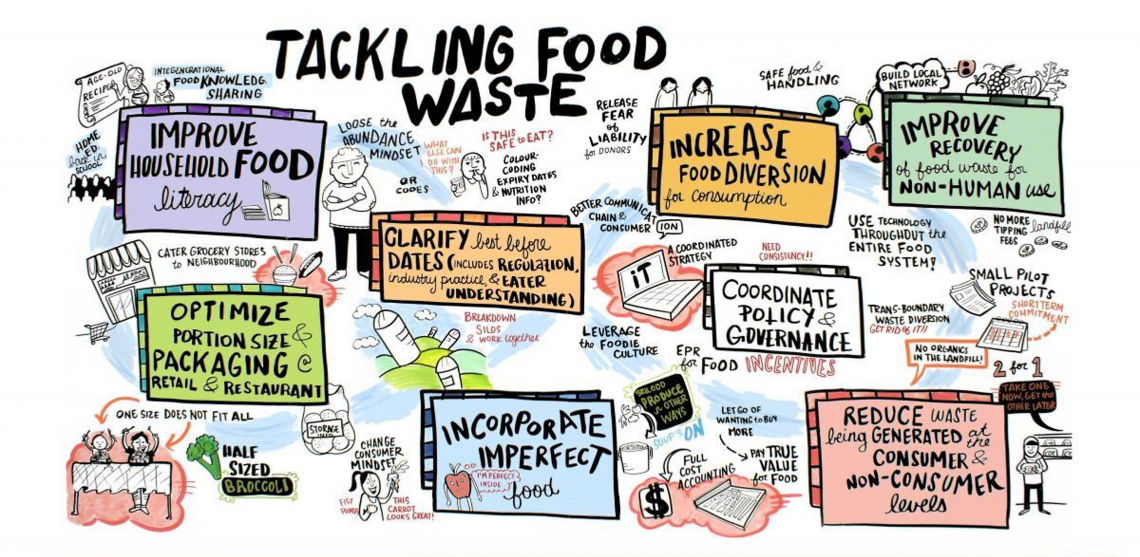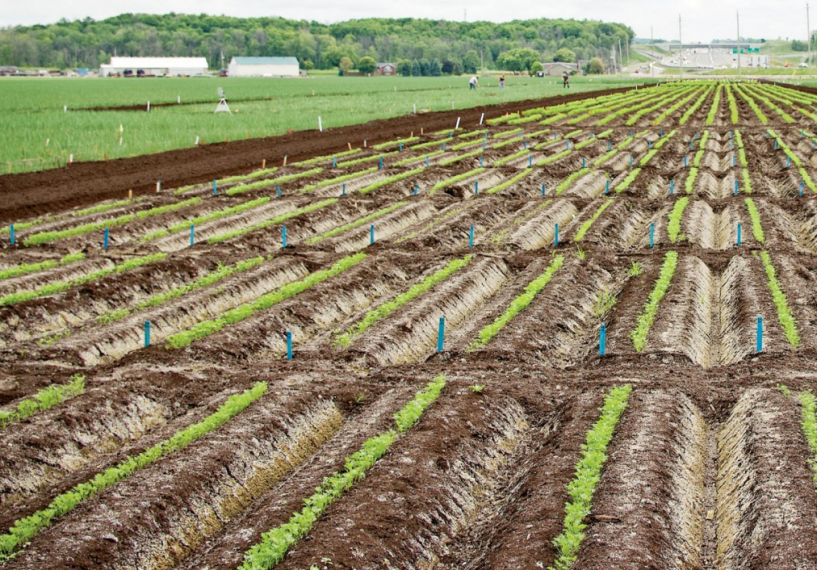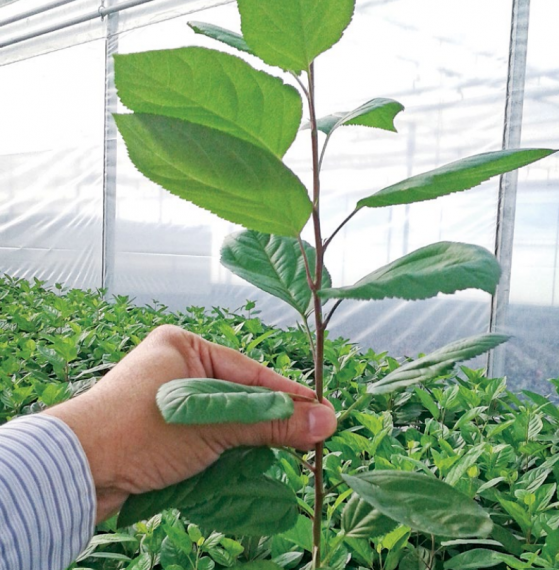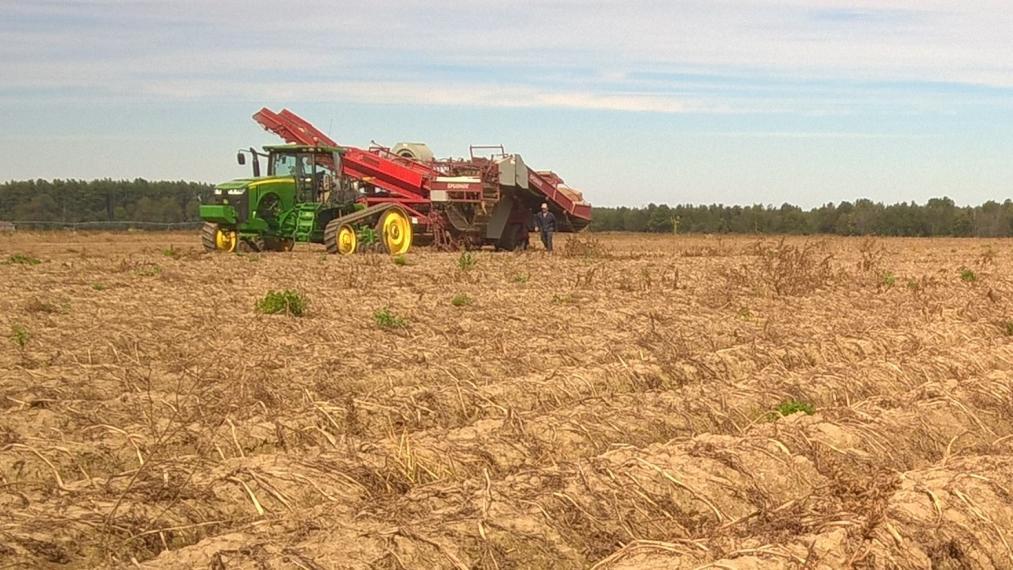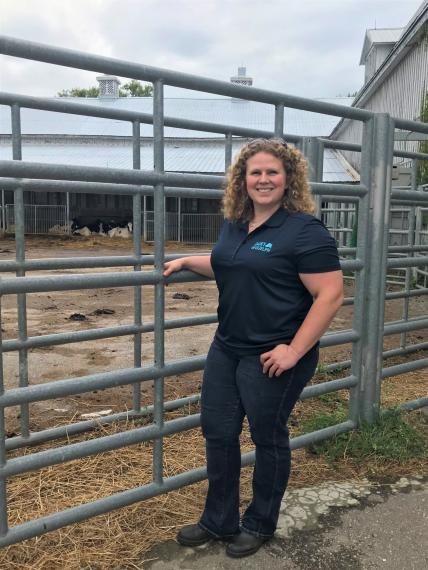
From veterinarian to researcher: Taika von Königslöw works to improve best practices for antibiotic treatment in calves
Could the use of selective antibiotic treatment strategies at veal operations decrease the opportunity for bacteria to develop antimicrobial resistance?
Taika von Königslöw, a doctor of veterinary science candidate in the Department of Population Medicine, is looking at prudent use of antibiotics for calves upon arrival at veal operations.

